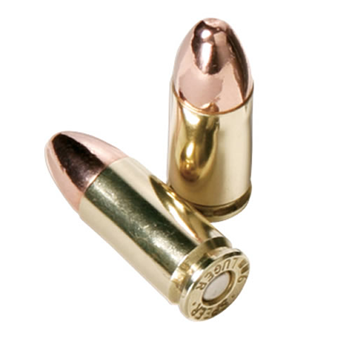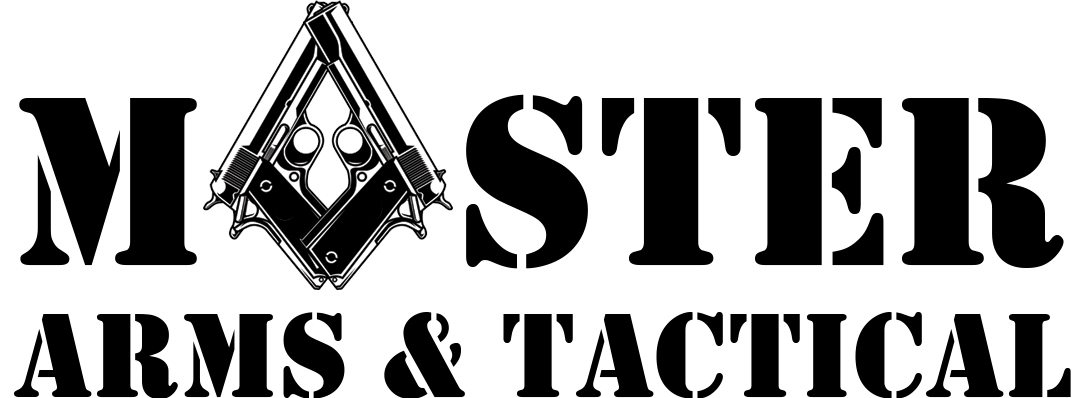Not long ago, a student asked us during a Basic Handgun class  if we would qualify new shooters with a .22 caliber target pistol. The logic is simple. Start small (caliber and recoil) and build up to something bigger. That is a valid theory when it comes to things like motorcycles and hot sauce, but we disagree when it comes to firearms.
if we would qualify new shooters with a .22 caliber target pistol. The logic is simple. Start small (caliber and recoil) and build up to something bigger. That is a valid theory when it comes to things like motorcycles and hot sauce, but we disagree when it comes to firearms.
The smallest caliber we will train a student with is 9mm (9×19 AKA 9mm Luger AKA 9mm Parabellum) and our standard training platform is the Sig Sauer P320[1] full frame 9mm semi-automatic pistol. Here’s the thing:
The Self-Defense Scenario
Everyone has their reasons for seeking out firearms training, but most of our students report wanting a gun for self-defense. In a self-defense scenario, you will want your shots to be reasonably accurate and effective enough to disable an attacker within the discharge of five rounds. Consider that Maryland has a 10-round magazine capacity limit. Assuming you are only using magazines purchased with your handgun in Maryland and that you have one loaded in your firearm and the other ready as a backup, you would be able to deter or stop up to 4-5 attackers at close range. This is an extreme situation, but that is kind of the point. You want to train for the worst case, so you are ready for the reality. The reality is that should a break-in occur at your home, the would-be assailants are more likely to come in a pair or as a single individual, for which you would be well prepared.
Form as Recoil Management
The fundamental objectives of firearms training is accuracy and safety. If we are observing the usual firearms safety rules, we need to stabilize our muzzle on the target and pull the trigger without influencing this stability (or at least recognize the effect and mitigate it). Part of managing this stability of our muzzle is understanding, both mentally and physically, the effects of recoil. How will the gun move when we pull the trigger to the point of discharge? Today’s most popular polymer frame, semi-automatic handguns will have muzzle lift and some backward motion as the slide reciprocates. Some revolvers will only move backward. However, shooting a gun with no effective recoil removes this part of the firearms training experience, and ultimately this gives the new shooter a false sense of ease. Remember, we’re training for reality; the reality of firearms includes recoil that needs to be managed through proper grip, stance, and mental preparation.
Now, we know what you’re thinking. Someone important to you “carries .380 and it’s fine for self-defense!” You won’t get any arguments there. .380 ACP (9x17mm) (Automatic Colt Pistol) is effective and well suited for self-defense, particularly in that .380 Autos are typically super-compact concealed carry handguns. Just after the 2008 Presidential Election, .380s became the most popular handguns around. Tiny pistols like the Ruger LCP were nearly impossible to find. The upside was that the renewed popularity of the .380 caused ammunition manufacturers to spend more time on the engineering of .380 ammo.[2] The downside for us is that, until recently, there wasn’t much selection in the .380 genre to allow us to select a reasonably universally sized training pistol.
In any case, what you train with and carry is your choice, but for now we’re sticking with our choice for these reasons. Just make sure you get the training you need to be safe and accurate, and try out a variety of guns to learn what works for you. We are always willing to set up a time to meet with you, learn about your needs, and help you select the right handgun for you. No judgement. No worries.
[1] We’re sure that many readers have an opinion about the Sig Sauer P320, particularly the US Army’s special M17 and M18 versions designed as part of the Modular Handgun System effort. The relative merits or drawbacks of the p320, real or perceived, are not summarized here.
[2] Frank C. Barnes, Cartridges of the World, 15th ed. (Iola, WI: Krause Publications, 2016), 445.
